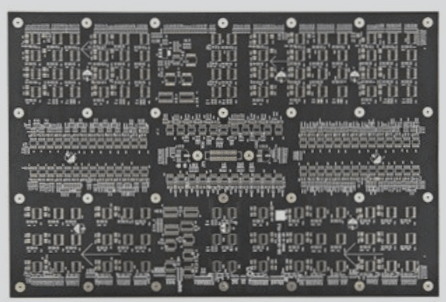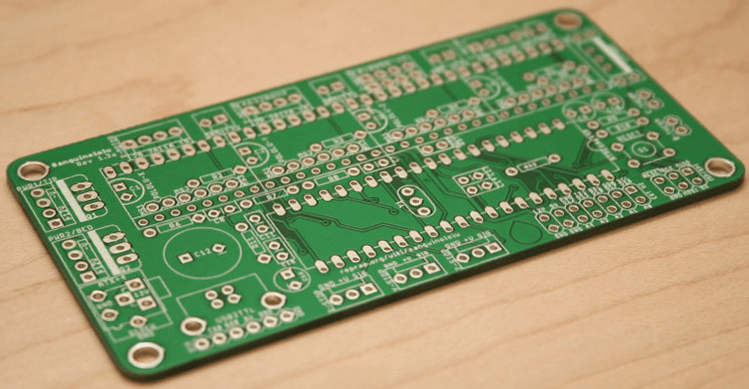Practical Techniques for High-Frequency PCB Design
High-frequency PCB design aims for smaller, faster, and cost-effective solutions. In RF design, interconnection points pose challenges due to their electromagnetic properties. Engineers must investigate each point thoroughly to resolve existing issues. Interconnections in a circuit board system include chip-to-board connections, internal PCB interconnections, and signal input/output with external devices.
Key Points for High-Frequency PCB Design:
- Angle transmission line corners at 45° to reduce return loss.
- Utilize high-performance dielectric circuit boards with controlled dielectric constant values for effective electromagnetic field simulation.
- Define specifications for high-precision etching, accounting for total errors and managing wiring shapes and plating conditions.
- Avoid components with protruding pin leads in high-frequency environments; opt for surface mount SMD components.
- For signal vias, avoid via processing (PTH) on sensitive boards to minimize lead inductance.
- Establish a robust ground layer using molded holes to prevent electromagnetic interference.
- Choose electroless nickel or immersion gold plating over HASL electroplating for enhanced skin effect and reduced environmental impact.
- Control solder paste flow with solder mask, using solder dams in microstrip designs to maintain circuit performance.
These techniques, shared by the Shenzhen PCBA processing editor, aim to enhance future PCB design efforts for high-frequency applications.

If you have any further questions or need adjustments, feel free to reach out!




